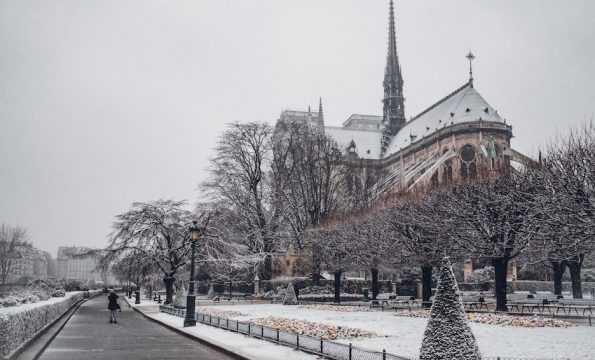Leider ist der Eintrag nur auf Amerikanisches Englisch und Europäisches Spanisch verfügbar.
-

-

-
Pastor Hal Mayer
Speaker / Director
Sordid History of Notre Dame Cathedral in Paris
Donnerstag, der 18. April 2019
Prophetic Intelligence Briefings are provided to show a link between current events and Bible prophecy only. The reposted articles, which are not intended as a commentary in support of or in opposition to the views of the authors, do not necessarily reflect the views of Pastor Mayer or of Keep the Faith other than to point out the prophetic link.
Latest Message
Make a Gift
Prophetically Speaking…
„The most odious of all oppressions are those which mask as justice.“ more…
-
Neueste Beiträge
Tags
Catholic Church church and state Donald Trump government LGBTQ natural disaster politics Pope Francis Prophetically Speaking Quote of the Day religion religious liberty United States VaticanNeueste Kommentare
- William Stroud bei Canadian lawmakers near deal to remove religious protections from ‚hate speech‘ laws
- William Stroud bei SUNDAY: Constantine’s Legacy as the Day of Rest
- William Stroud bei US issues terrifying NOTAM airspace warning as B-52 nuclear bomber conducts ‚attack demo‘: Venezuela crisis spirals
- William Stroud bei Liberal Protestant churches proclaim ‚holiness‘ of transgenderism, rebuke Catholic bishops
- Stephen Chang bei Praying for the Dead: Sweetest of the Spiritual Works of Mercy
Follow





Comments
David Lee
Donnerstag, der 18. April 2019 at 19:04Excellent, Hal!
paul bischoff
Freitag, der 19. April 2019 at 05:51thanks for this reasoned response that no one wants to discuss right now
Esther Recinos
Donnerstag, der 25. April 2019 at 21:16“Reward unto her double…”